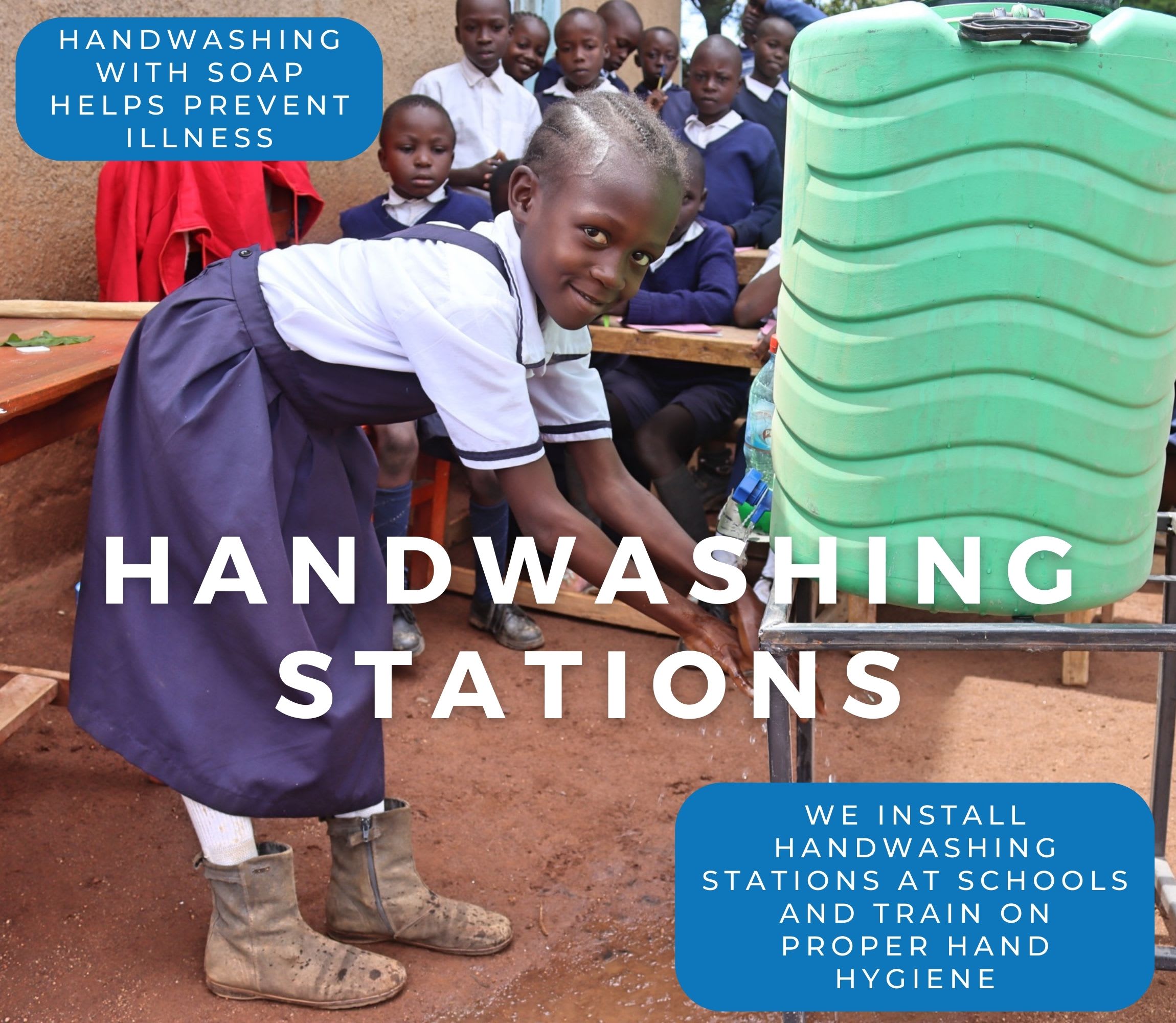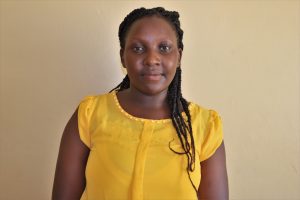A hand-dug well teases the 419 students and 16 staff members of Emurumba Primary School with the illusion of clean, sufficient water. But in reality, it often runs dry; the pipes that were installed are now rusty and contaminate the water. Although the well's condition is questionable, community members also use it, creating long lines that students have to wait in when they should be in class. When desperate, students go to unknown sources and bring unsafe water to school.
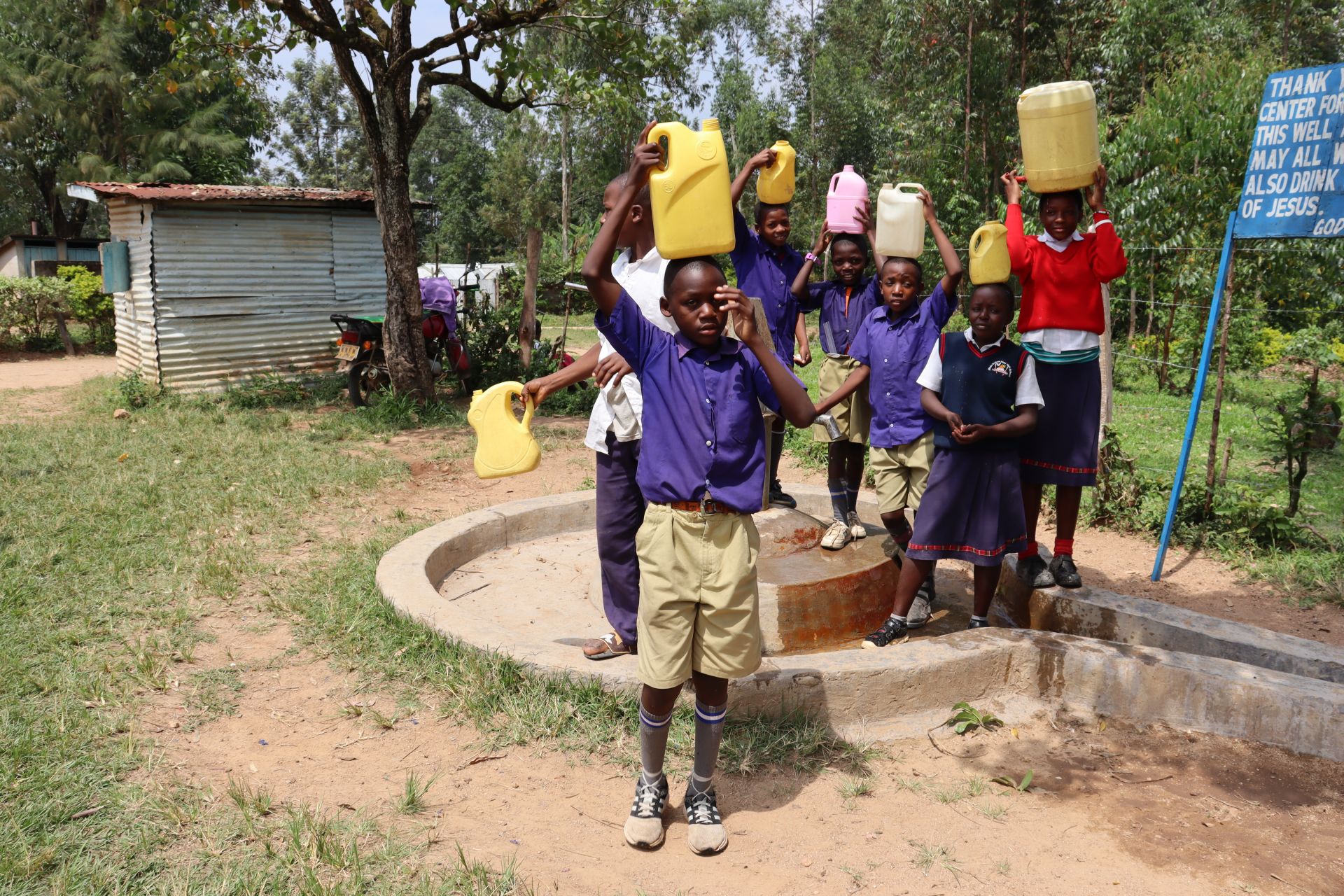
Field Officer Nelly Chebet described the well, "It's kept clean, but [does] not have enough water to cater for the school and community population. The water source was dug manually, hence [it] has less water capacity. It is a protected dug well, and it does not allow contamination even during rainy seasons, but the pipe installed contaminates [the] water because of [the] heavy metal that were installed."
Suffering is a common theme at the Emurumba Primary School.
Trinity is only thirteen. She is all too familiar with the consequences the water from the well brings.
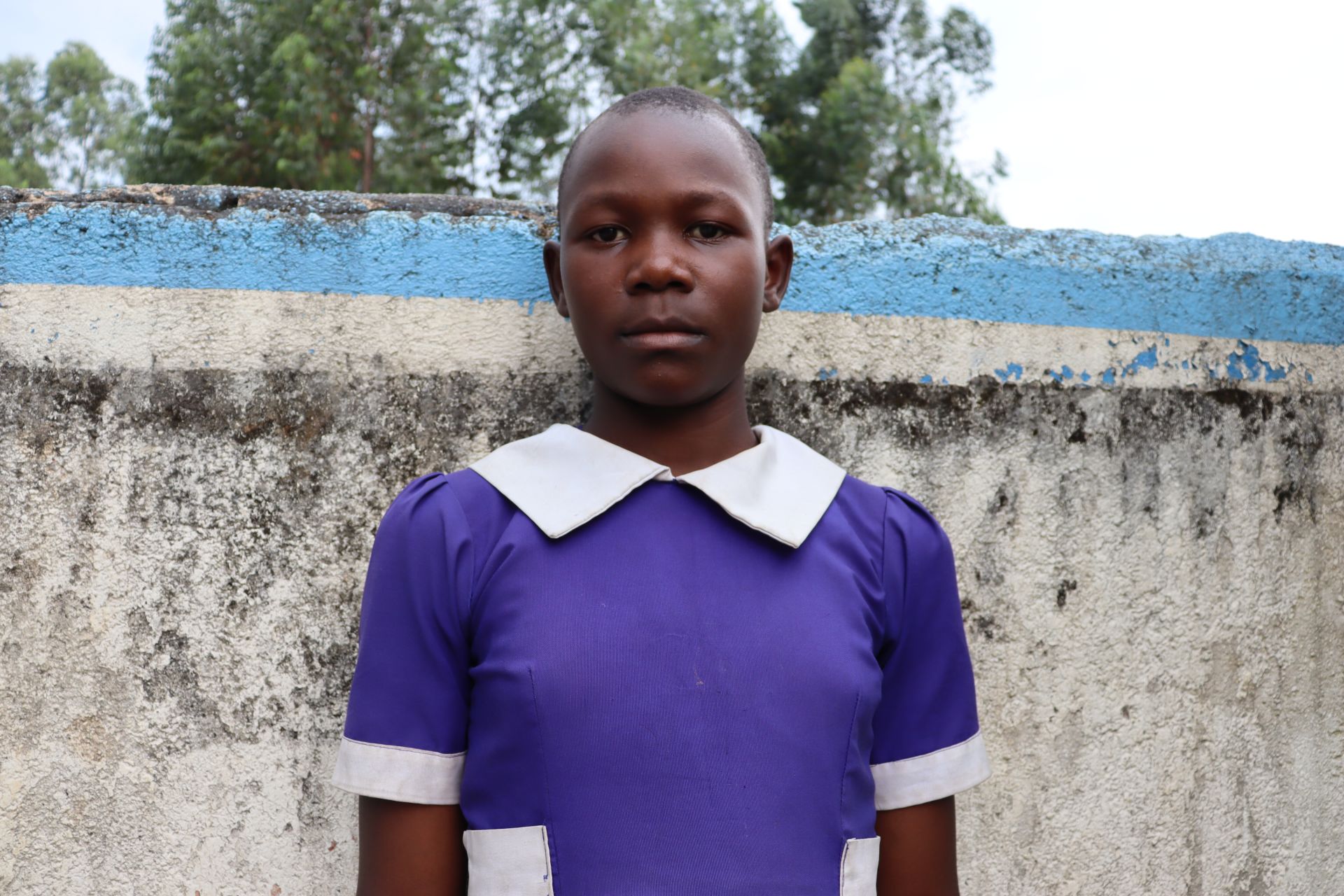
Trinity.
"During rainy seasons, the water is colored and has a taste of rust. Because there is no other source of water, I drink the water from this waterpoint, which has exposed me to water-related illnesses. I remember last term; I had typhoid, and I was taken to the hospital by my mother, and I was encouraged to ensure the water I am drinking is clean and safe," she recalled.
Trinity's mother is forced to choose between caring for her daughter and keeping her job. Though the choice is obvious, its consequences are dire.
"Seeking medication, which was very expensive, more so, my mother had spent most of the time with me at home [and] she ended up losing her job, where she used to earn a living," Trinity lamented.
Illness stole Trinity's health and ruptured her family's financial security, but the water crisis doesn't end there.
Like all the other students, Trinity spends up to six hours a day collecting water.
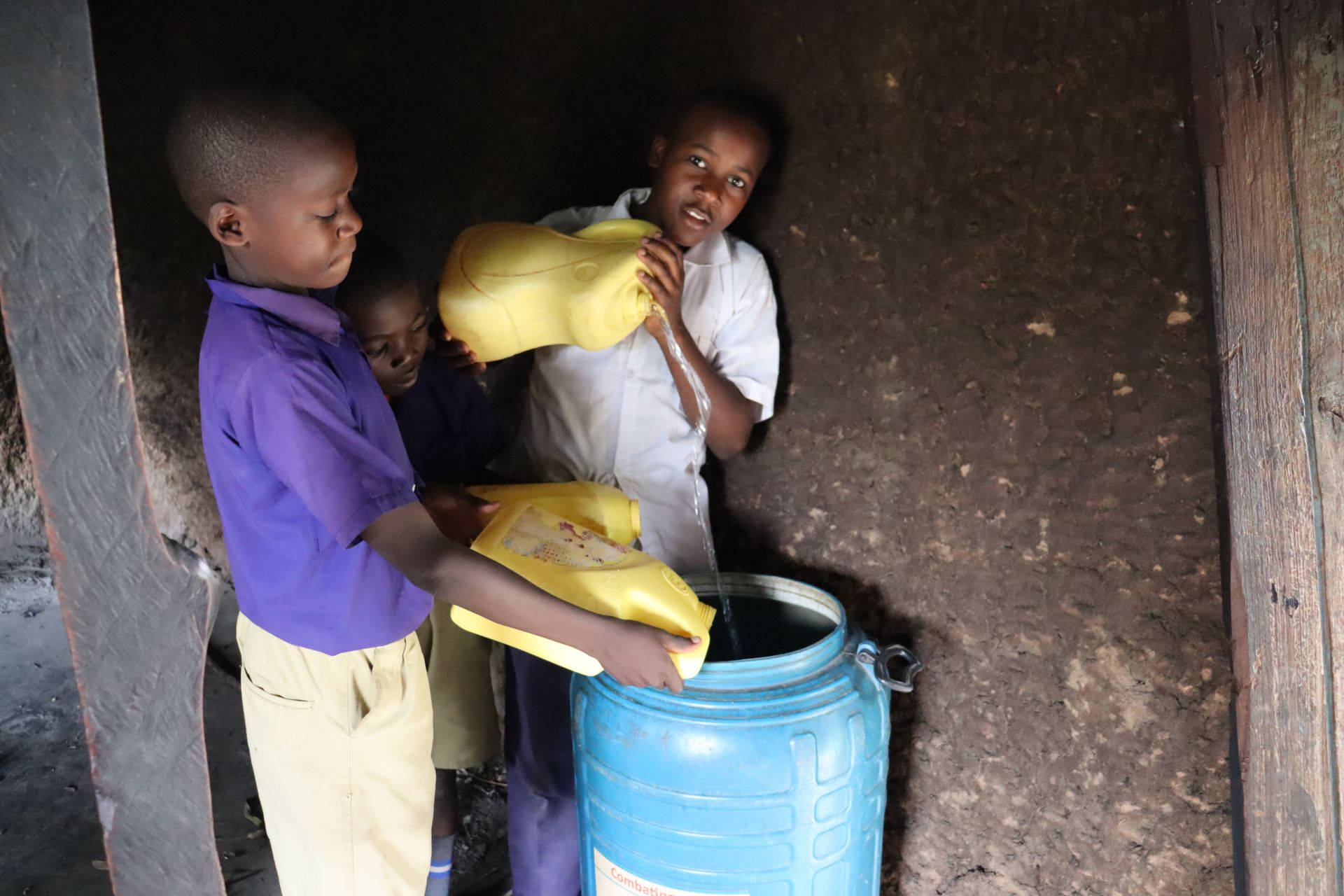
Trinity painted a picture of her daily struggle. "The waterpoint is being used by the school and the community. During [the] dry spell, the waterpoint is overcrowded and has [a] low quantity of water, rendering us [to] spend a lot of time queuing to fetch water."
"Some of the community members do come with several containers, and they ensure they draw water first because they are elderly," she added.
If six hours a day are spent waiting in line for a chance to fill her jerrycan, there is little time left for her education.
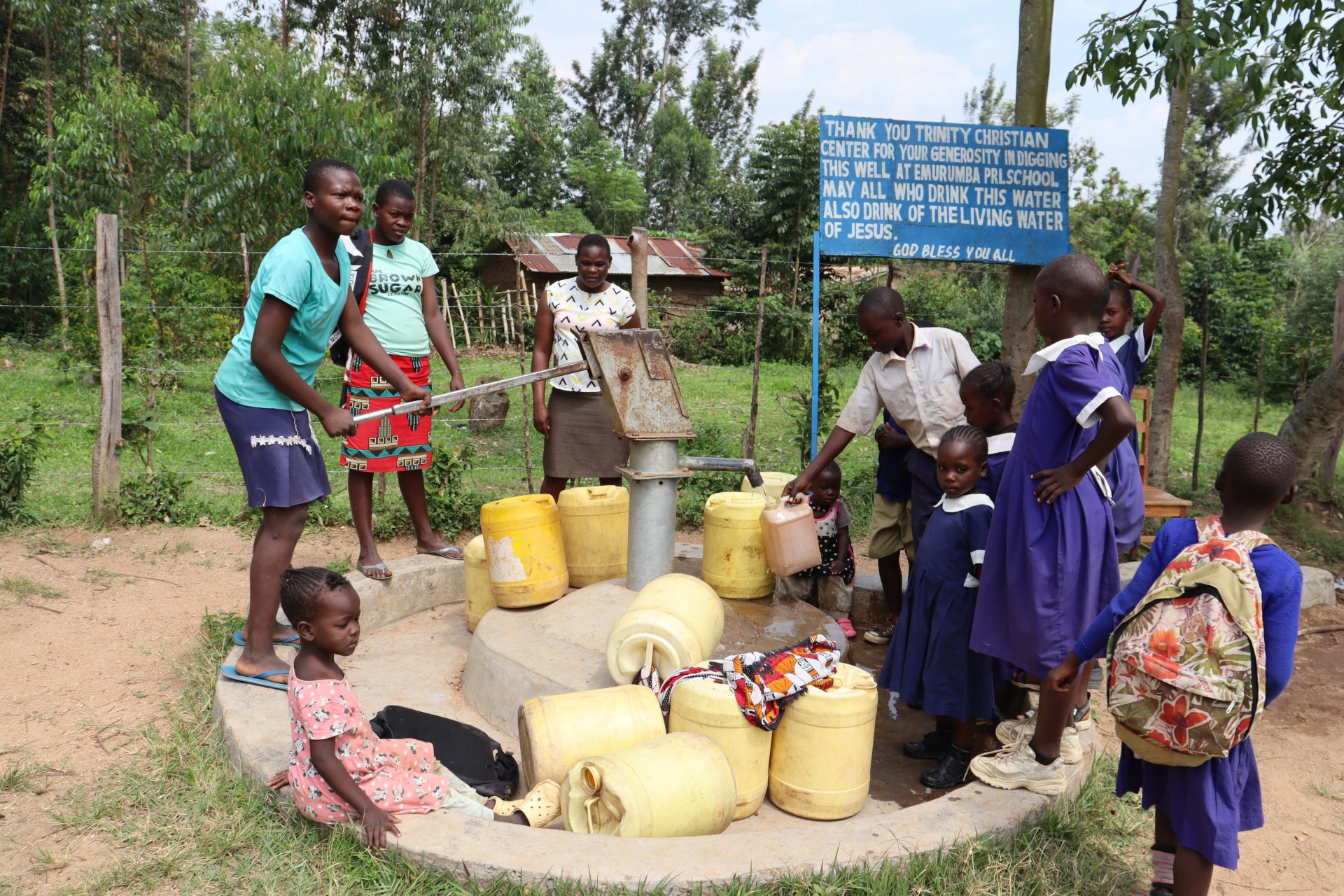
"It has really impacted my time. I consume a lot of time at the waterpoint and end up missing lessons, especially during dry spells. Missing a lesson, especially [a] mathematics lesson, has made me perform so poorly," Trinity exclaimed.
The future is bleak for Trinity and the other students if their water crisis isn't solved. They deserve a chance to have a well-rounded education, without fearing every drop of water they consume.
Your support can ensure that Trinity and her classmates no longer have to risk their health or miss class just to fetch water. Together, we can give them a future filled with health, education, and opportunity.
Steps Toward a Solution
Schools without reliable, on-premises water access often rely on students to fetch and carry water, leading to rationing and uncertainty about water quality. The water is typically poured into a communal storage tank and used by the entire school. With children carrying water from all different sources, it is also impossible for teachers and staff to know exactly where the water comes from and how safe it is to drink.
A new water point will be located on-premises at the school to ensure accessibility, reliability, and safety for students, teachers, and staff while meeting our school coverage goals. Having water available at the school allows children to drink, wash hands, and use sanitation facilities without leaving school grounds, preventing disruptions to lessons and reducing safety risks. A dedicated source increases water availability, reduces reliance on stored water, minimizes rationing, and ensures confidence in the safety of the water. This means staff and students are healthier, and their lessons aren’t disrupted, contributing to a better education!
Our technical experts worked with the school leadership and local community to identify the most effective solution to their water crisis. They decided to drill a borehole well, construct a platform for the well, and attach a hand pump.
Well
Abundant water often lies just beneath our feet. Aquifers—natural underground rivers—flow through layers of sediment and rock, offering a constant supply of safe water. A borehole well is drilled deep into the earth to access this naturally filtered and protected water. We penetrate meters, sometimes even hundreds of meters, of soil, silt, rock, and more to reach the water underground. Once found, we construct a platform for the well and attach a hand pump. The community gains a safe, enclosed water source capable of providing approximately five gallons of water per minute. Learn more here!
Note: Our proposed water point can only serve 300 people per day. We hope to continue working with this community to identify other water solutions that will ensure all the people in this community have access to safe and reliable drinking water.
Handwashing Stations
Alongside each water source, we install two gravity-fed handwashing stations, enabling everyone at the school to wash their hands. Handwashing is crucial for preventing water-related illnesses within the school and community. Student “health clubs” maintain the stations, fill them with water, and supply them with soap, which we often teach them how to make.
Latrines
We will construct two Ventilated Improved Pit (VIP) latrine blocks designed to prevent fecal disease transmission. Each latrine features a cement floor, making it easy to use and clean regularly. Three stalls will serve the girls, and three will serve the boys.
School Education & Ownership
Hygiene and sanitation training are integral to our water projects. Training is tailored to each school's specific needs and includes key topics such as proper water handling, improved hygiene practices, disease transmission prevention, and care of the new water point.
To ensure a lasting impact, we support forming a student health club composed of elected student representatives and a teacher. These clubs promote hygiene practices schoolwide and keep handwashing stations well-stocked. This student-led model encourages a sense of ownership and responsibility.
Safe water and improved hygiene habits foster a healthier future for everyone in the school and the surrounding community.
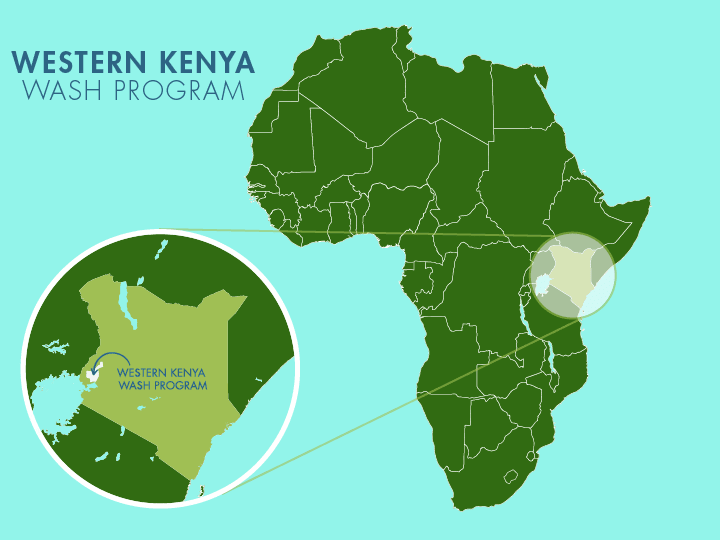
 Borehole Well and Hand Pump
Borehole Well and Hand Pump
 Rehabilitation Project
Rehabilitation Project





